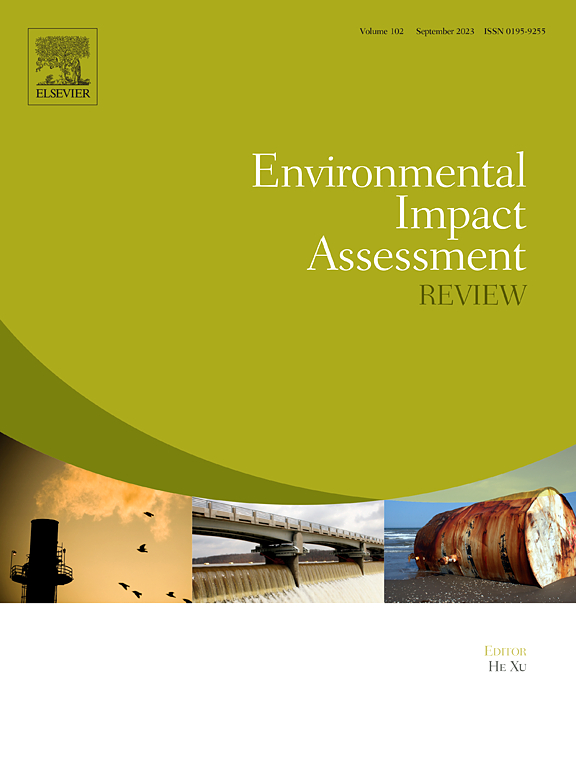多光谱照明环境中的城市光污染:基于比色法的快速评估
IF 11.2
1区 社会学
Q1 ENVIRONMENTAL STUDIES
引用次数: 0
摘要
多光谱发光二极管(LED)在景观照明中的广泛使用导致地面光污染和潜在生态风险不断增加,突出表明需要改进光谱评估工具。然而,光谱测量既昂贵又耗时,而非光谱测量则仅限于特定波段。本研究介绍了一种基于比色法的新型指标,用于评估多光谱照明造成的生态光污染。通过分析光谱数据,我们确定了不同物种的光谱响应与不同 LED 的三基色值之间的线性关系。我们的方法通过对中国上海市中心照明外墙的现场高光谱成像测量进行了验证,达到了可接受的精度,人类昼夜节律的最大误差低于 15%,植物光合作用、飞蛾和蜜蜂的最大误差低于 10%。为了支持实际应用,本研究提出了一个用于光污染评估的通用模型,并解决了影响多光谱照明预测精度的同色异谱问题。本研究提出的模型的创新之处在于,它侧重于预测生态光污染的绝对强度,并适用于不同的 LED 光谱。这种基于色度的估算有助于快速预测生态后果,从而减轻照明技术发展下日益严重的光污染。这是将生态光污染研究与多光谱照明实践相结合的一次初步但有价值的尝试。本文章由计算机程序翻译,如有差异,请以英文原文为准。
Urban light pollution in multi-spectral lighting environments: A rapid colorimetric-based assessment
The widespread use of multi-spectral light emitting diodes (LEDs) in landscape lighting has led to increasing ground-level light pollution and potential ecological risks, highlighting the need for improved spectral assessment tools. However, spectral measurements are expensive and time-consuming, while non-spectral measurements are limited to specific bands. This study introduces a novel colorimetric-based metric for evaluating ecological light pollution from multi-spectral lighting. By analyzing spectral data, we identified a linear relationship between the spectral responses across various species and tristimulus values of different LEDs. Our method, validated with in situ hyperspectral imaging measurements of lighting facades in downtown Shanghai, China, achieves acceptable precision, with maximum errors under 15 % for human circadian rhythms and under 10 % for plant photosynthesis, moths, and bees. To support practical applications, this study presents a general model for light pollution assessments and addresses the issue of metamerism, which affects prediction accuracy in multi-spectral lighting. The innovation of the model proposed in this study lies in its focus on predicting the absolute intensity of ecological light pollution and its applicability across different LED spectra. This colorimetric-based estimation helps to quickly predict the ecological consequences and thus mitigate the increasing light pollution under the development of lighting technologies. It is a preliminary but valuable attempt to integrate ecological light pollution research with multi-spectral lighting practice.
求助全文
通过发布文献求助,成功后即可免费获取论文全文。
去求助
来源期刊

Environmental Impact Assessment Review
ENVIRONMENTAL STUDIES-
CiteScore
12.60
自引率
10.10%
发文量
200
审稿时长
33 days
期刊介绍:
Environmental Impact Assessment Review is an interdisciplinary journal that serves a global audience of practitioners, policymakers, and academics involved in assessing the environmental impact of policies, projects, processes, and products. The journal focuses on innovative theory and practice in environmental impact assessment (EIA). Papers are expected to present innovative ideas, be topical, and coherent. The journal emphasizes concepts, methods, techniques, approaches, and systems related to EIA theory and practice.
 求助内容:
求助内容: 应助结果提醒方式:
应助结果提醒方式:


